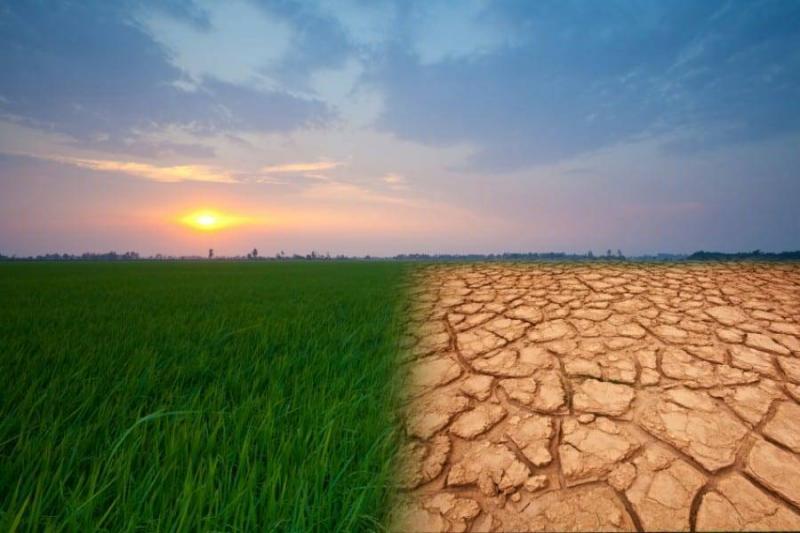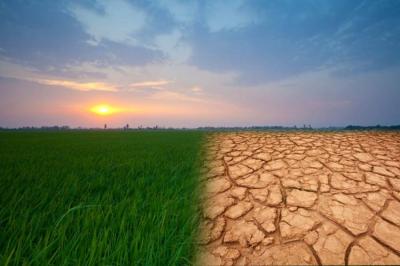Global nutrition is a significant undertaking, resulting in billions of cubic meters of greenhouse gas emissions each year, accounting for about one-third of total global emissions. Despite the fact that food production poses a major climate issue, little effort has been made so far to address it.
The upcoming United Nations Climate Change Conference (COP28) in Dubai will be the first of its kind to dedicate an entire day to discussing how to reduce the impact of food production on the climate, with environmental groups pressuring countries to reach real solutions. Below are some details regarding emission sources from the food and agriculture sector:
**What is the Quantity of Emissions from Nutrition?**
The Food and Agriculture Organization (FAO) stated, "Global food systems were responsible for 17 billion tons of CO2 equivalent, or 31% of human-caused greenhouse gas emissions in 2019." The organization clarified that "this included emissions related to agriculture, land use, crop production, livestock farming, as well as food consumption by households, food waste, and the energy used in farming, food preparation, and the transportation of food." It added: "Overall, these sectors contributed to 21% of global CO2 emissions, 53% of total methane emissions, and 78% of total nitrous oxide emissions worldwide."
**Livestock**
Animal husbandry is one of the largest sources of emissions. The FAO states, "Global livestock production emits about 14.5% of total greenhouse gas emissions resulting from human activity." Livestock account for 65% of those emissions, primarily in the form of methane. When ruminant animals, such as cows and sheep, digest food, they release methane through burping. Additionally, storing manure, especially in large lagoons, results in methane emissions. Emissions also arise from the production and processing of animal feed, including tilling land to grow these feed crops, which releases carbon stored in the soil.
**Land Use**
Agricultural support activities such as deforestation or peatland exploitation emit 3.5 billion tons of CO2 equivalent annually, according to the FAO. When forests are cleared for agricultural purposes such as livestock grazing or crop production, stored carbon is released into the atmosphere. Deforestation accounts for nearly 80% of emissions from food production in Brazil, for instance, which is the world's largest exporter of beef and soybeans. On the other hand, peatlands store vast amounts of carbon—up to twice that stored by the world's forests. Draining or burning peatlands for purposes such as crop cultivation or livestock farming is responsible for about five percent of all human-caused emissions, according to a UN report from 2021.
**Food Waste**
The United Nations states that about one-third of the food grown globally is wasted, with 13% wasted at the harvesting and retail stages, and 17% at homes and in the food service and retail sectors. A study published in March in the journal "Nature Food" found that "wasted food accounts for half of total global dietary emissions, including energy consumed in preparation, transportation, and what spoils during transit, as well as the food discarded after rotting in home refrigerators." A significant portion of these emissions comes from methane, which is produced when food decomposes in landfills. Food waste accounts for about 25% of the solid waste stream in landfills in the United States, according to a recent study by the Environmental Protection Agency.




